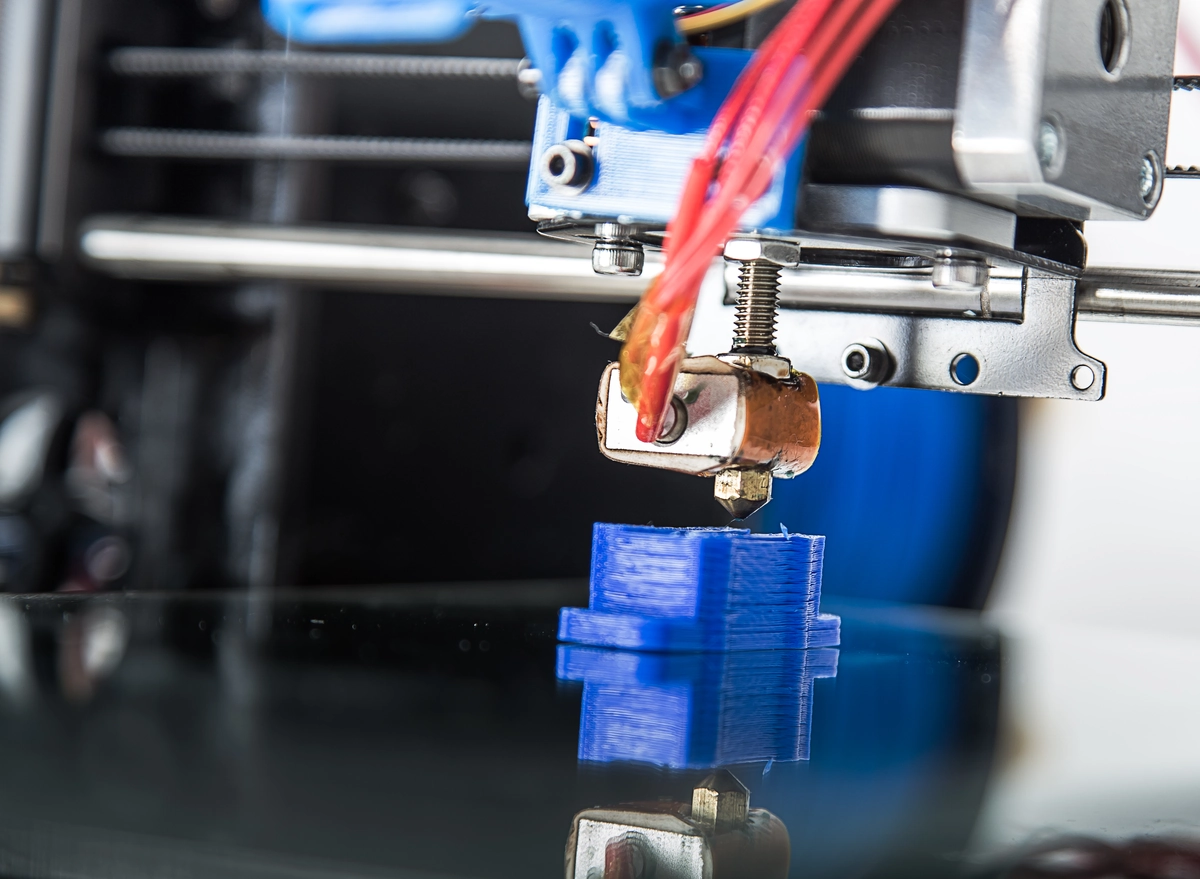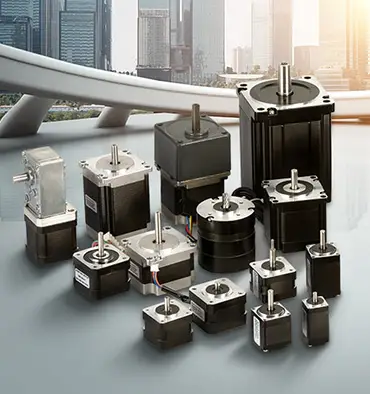What are the common issues and troubleshooting steps for stepper motor problems?
Stepper motors are widely used in various industries for their precise control and positioning capabilities. However, like any mechanical component, stepper motors can encounter problems that hinder their performance. In this essay, we will provide a detailed guide on the common issues that arise with stepper motors and the troubleshooting steps to resolve them. By understanding these issues and implementing the appropriate solutions, professionals can ensure the smooth operation of stepper motors and optimize their performance.
I. Understanding the Basics of Stepper Motors
- Overview of Stepper Motor Technology
Stepper motors are widely used for their precise control and positioning capabilities. They operate by converting electrical pulses into mechanical rotation, making them ideal for applications that require accurate movement.
- Components and Working Principles of Stepper Motors
Stepper motors consist of several key components, including a rotor, stator, and coils. The interaction between these components enables the motor to move in discrete steps. Understanding the working principles of these components is crucial for troubleshooting stepper motor issues.
- Advantages and Applications of Stepper Motors
Stepper motors offer various advantages, such as high precision, torque control, and open-loop operation. They find applications in industries like robotics, automation, 3D printing, and CNC machines, where precise positioning is essential.
II. Common Issues with Stepper Motors
Loss of steps or missed steps
- Causes of step loss
- Effects on motor performance and positioning accuracy
- Troubleshooting steps to address step loss
Overheating
- Factors contributing to stepper motor overheating
- Consequences of excessive heat
- Troubleshooting techniques to prevent overheating
Vibration and Noise
- Sources of vibration and noise in stepper motors
- Impact on motor performance and longevity
- Techniques to minimize vibration and noise
Wiring and Connection Issues
- Common wiring mistakes and their effects
- Troubleshooting steps for wiring and connection problems
- Ensuring proper electrical connections for optimal performance
Inconsistent or Erratic Movement
- Causes of inconsistent or erratic stepper motor movement
- Troubleshooting methods to address movement issues
- Fine-tuning control parameters for stable motion
III. Preventive Maintenance and Care
- Regular inspection and cleaning routines
- Lubrication and alignment considerations
- Monitoring and addressing wear and tear
IV. Advanced Troubleshooting Techniques
- Using diagnostic tools and software for analysis
- Identifying and resolving complex issues
- Seeking professional assistance when necessary
Conclusion
Troubleshooting common issues with stepper motors is essential for maintaining their optimal performance and ensuring precise control and positioning. By following the comprehensive guide provided in this essay, professionals can gain a deep understanding of the common issues that arise with stepper motors and the troubleshooting steps to address them. From resolving step loss and overheating problems to minimizing vibration and noise, professionals can apply the appropriate techniques to optimize stepper motor performance. By implementing preventive maintenance routines and utilizing advanced troubleshooting techniques when needed, professionals can extend the lifespan of stepper motors and enhance their overall efficiency. With the knowledge and skills gained from this guide, professionals can confidently overcome stepper motor issues and excel in their career.


Leave a Reply